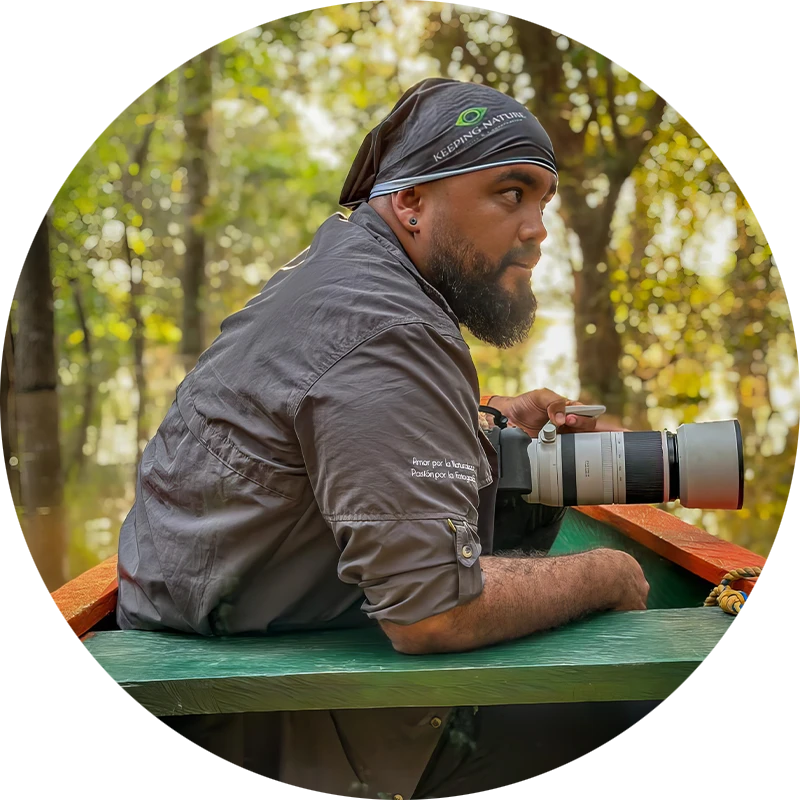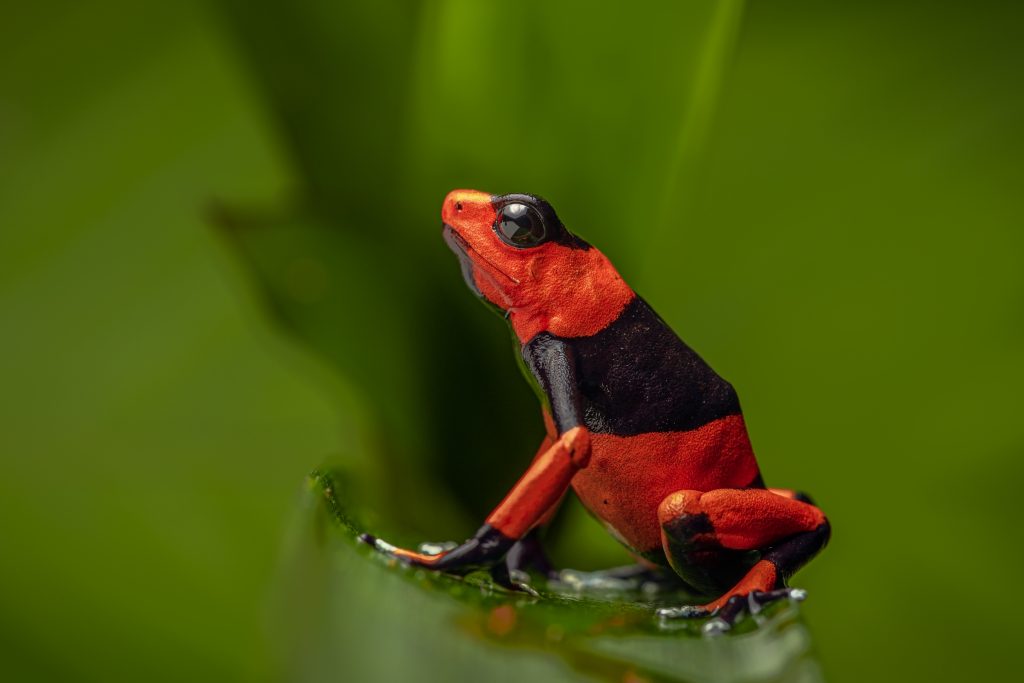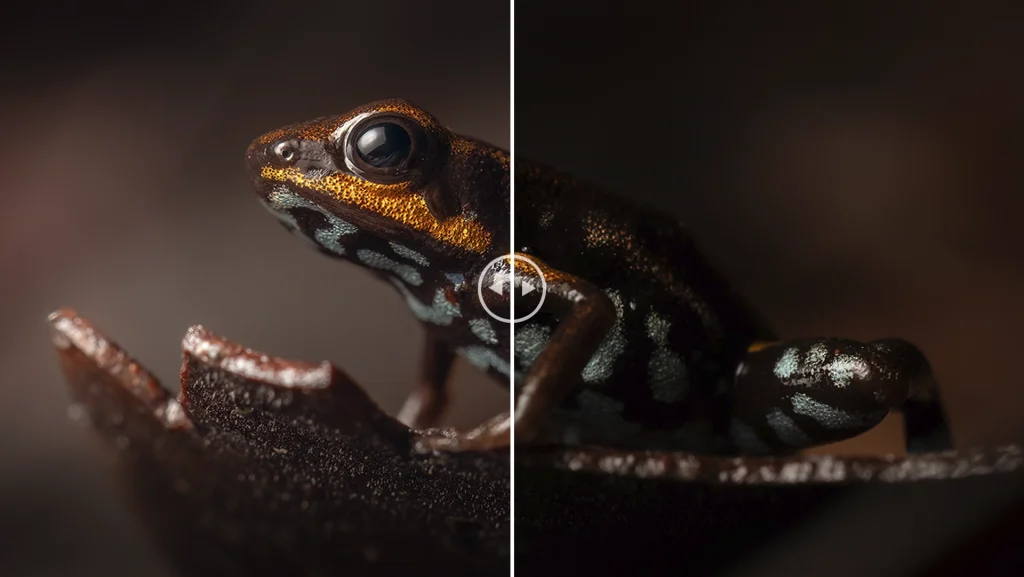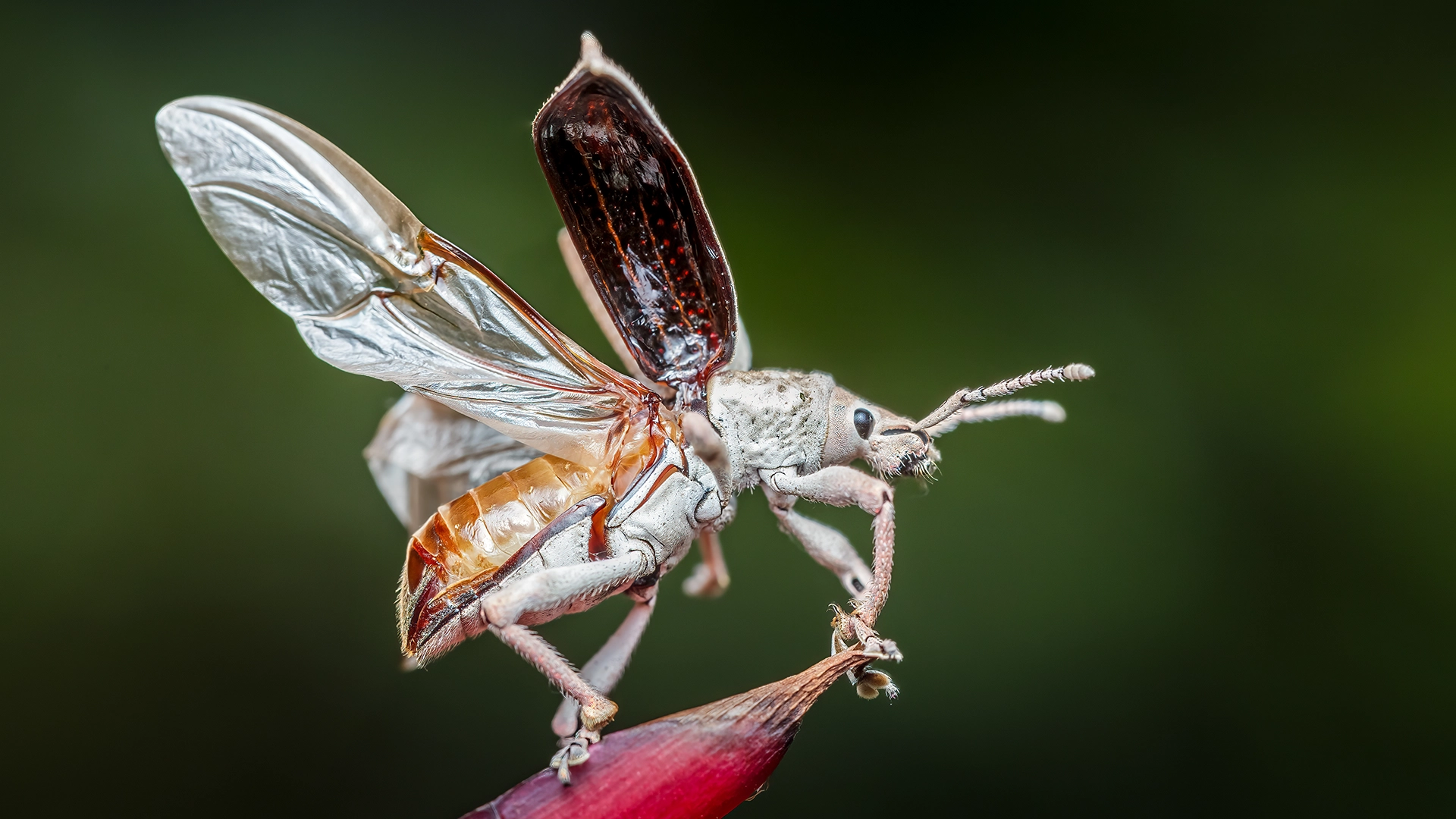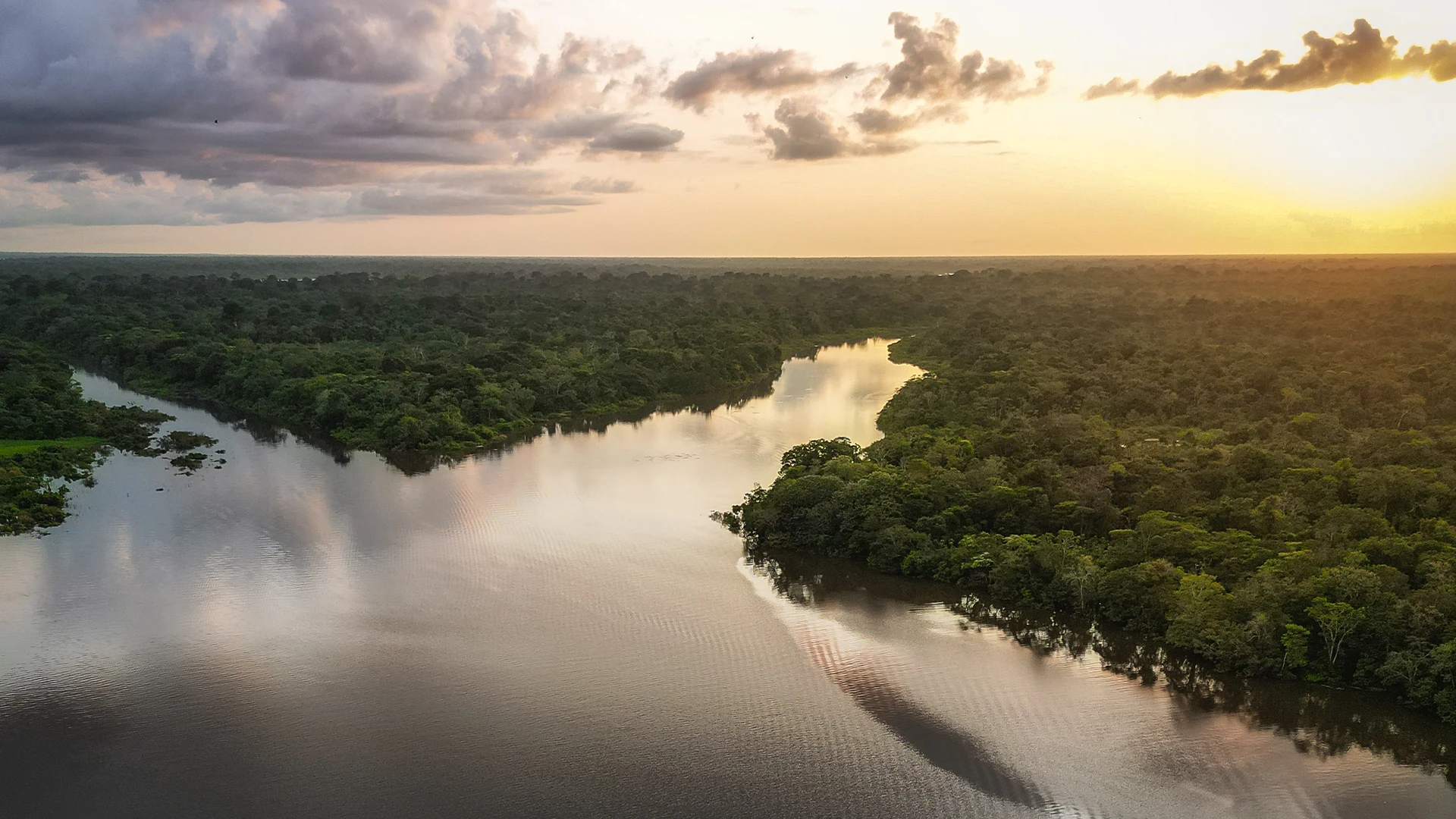


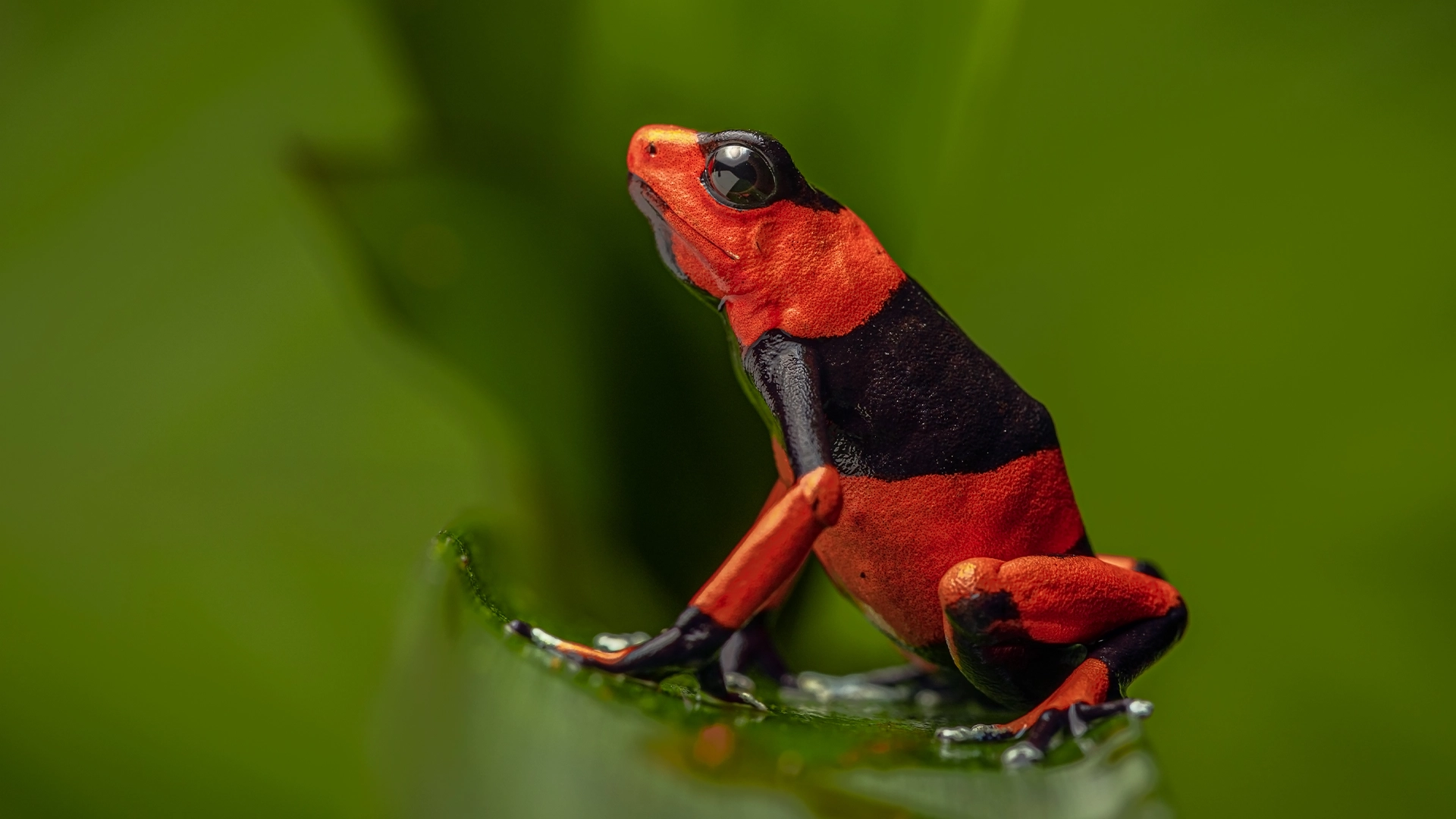

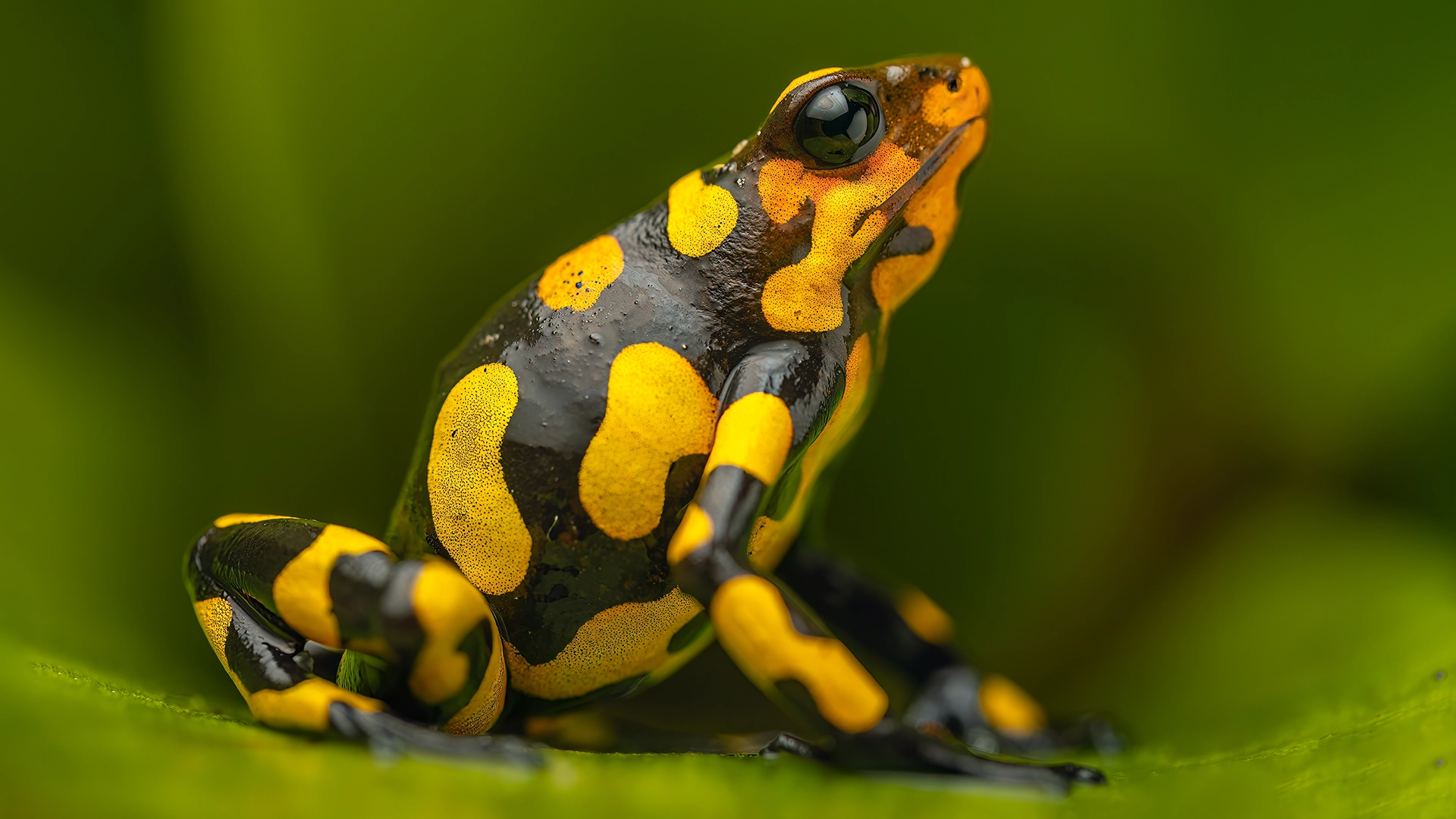

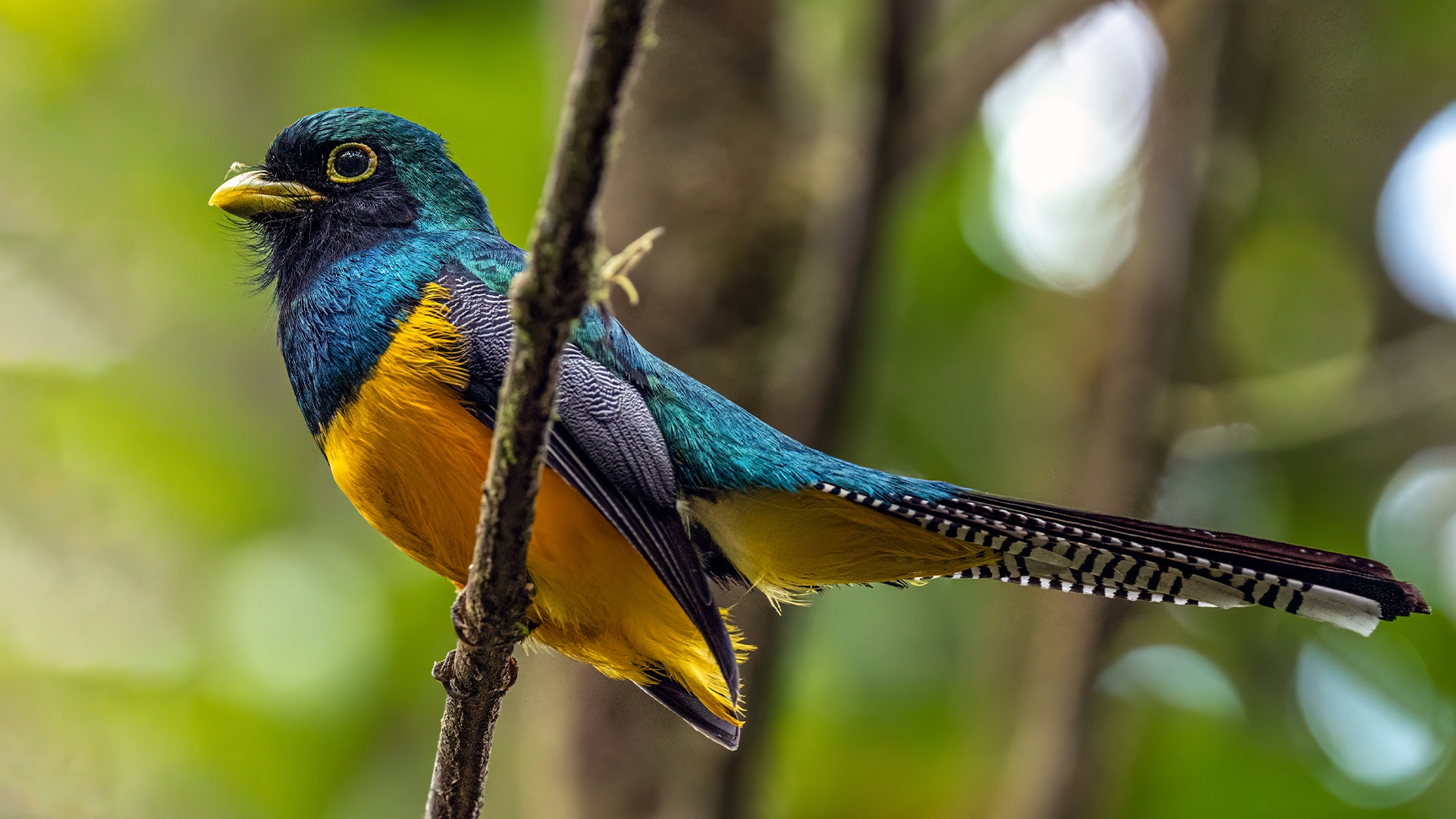

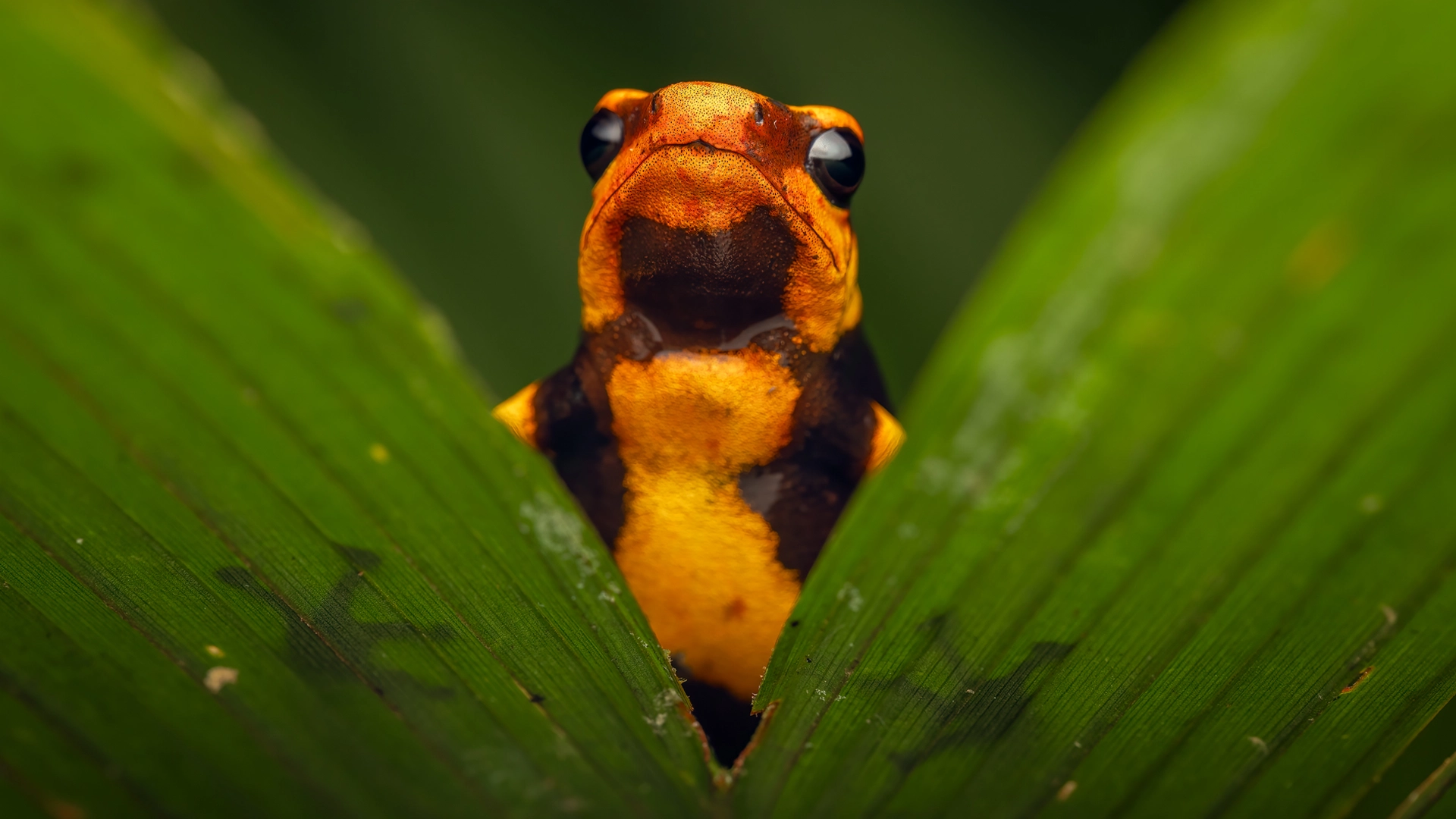
Travel Through Colombia’s Biogeographic Chocó, the Jewel of South America’s Biodiversity
Nature photography enthusiasts live in a constant quest to find destinations filled with biodiversity and breathtaking landscapes to immortalize through our lenses. The Biogeographic Chocó stretches from the Darién Province in western Panama to the Manabí Province on Ecuador’s northwestern coast. It spans the entire Colombian Pacific coast, including the Urabá region and a section of the Caribbean coast between southeastern Panama and northwestern Colombia. Within Colombia, this vast region covers the entire Pacific coastline, representing 70% of the total extent of the ecoregion and 10% of the country’s continental surface, granting it an extraordinary diversity of ecosystems and landscapes. It is a true natural treasure, home to a wide variety of plant and animal species, many of which are endemic or rarely found elsewhere.
Recognized as one of Latin America’s top ecotourism destinations, the Biogeographic Chocó is renowned for its exceptional biodiversity. It is estimated to contain approximately 10% of the planet’s biodiversity, despite covering only 2% of the Earth’s surface. This region is considered a biogeographic transition zone, linking the Neotropical and Nearctic regions. Its unique geographical position has facilitated the migration of a rich diversity of species between these two zones, leading to a high degree of endemism and species diversification.
Its lush tropical forests, powerful rivers, and pristine mangroves provide the perfect setting for an unforgettable experience in direct contact with nature. The Chocó boasts an incredible array of wildlife and is recognized as one of the best places in the world to observe and photograph amphibians, reptiles, and birds. On our nature tours, we have had the opportunity to photograph astonishing species such as the poison frogs Oophaga lehmanni and Phyllobates terribilis. Thanks to the efforts of public and private organizations—and the rise of nature tourism—the illegal trade of these species has been combated, promoting their conservation and encouraging their observation in their natural habitat. This shift has changed how communities near these ecosystems view nature tourism, offering them an alternative economic model and fostering a broader transformation in how ecosystems are preserved.
The region also hosts a wide variety of amphibians and reptiles, with approximately 560 species (350 amphibians and 210 reptiles), of which 273 are endemic (210 amphibians and 63 reptiles). For mammals, birds, reptiles, and amphibians, the number of endemic species represents more than half of Colombia’s total endemic fauna. As for vascular plants, the contribution of this region to Colombia’s total plant endemism is estimated at no less than 25%.
Its biodiversity is simply breathtaking, making it a true paradise for nature lovers. We want to show you some of the species you can photograph during Keeping Nature Tours’ expeditions, where thanks to the expertise of our professional photographers, biologists, and local experts, we can capture their incredible textures and vivid colors:
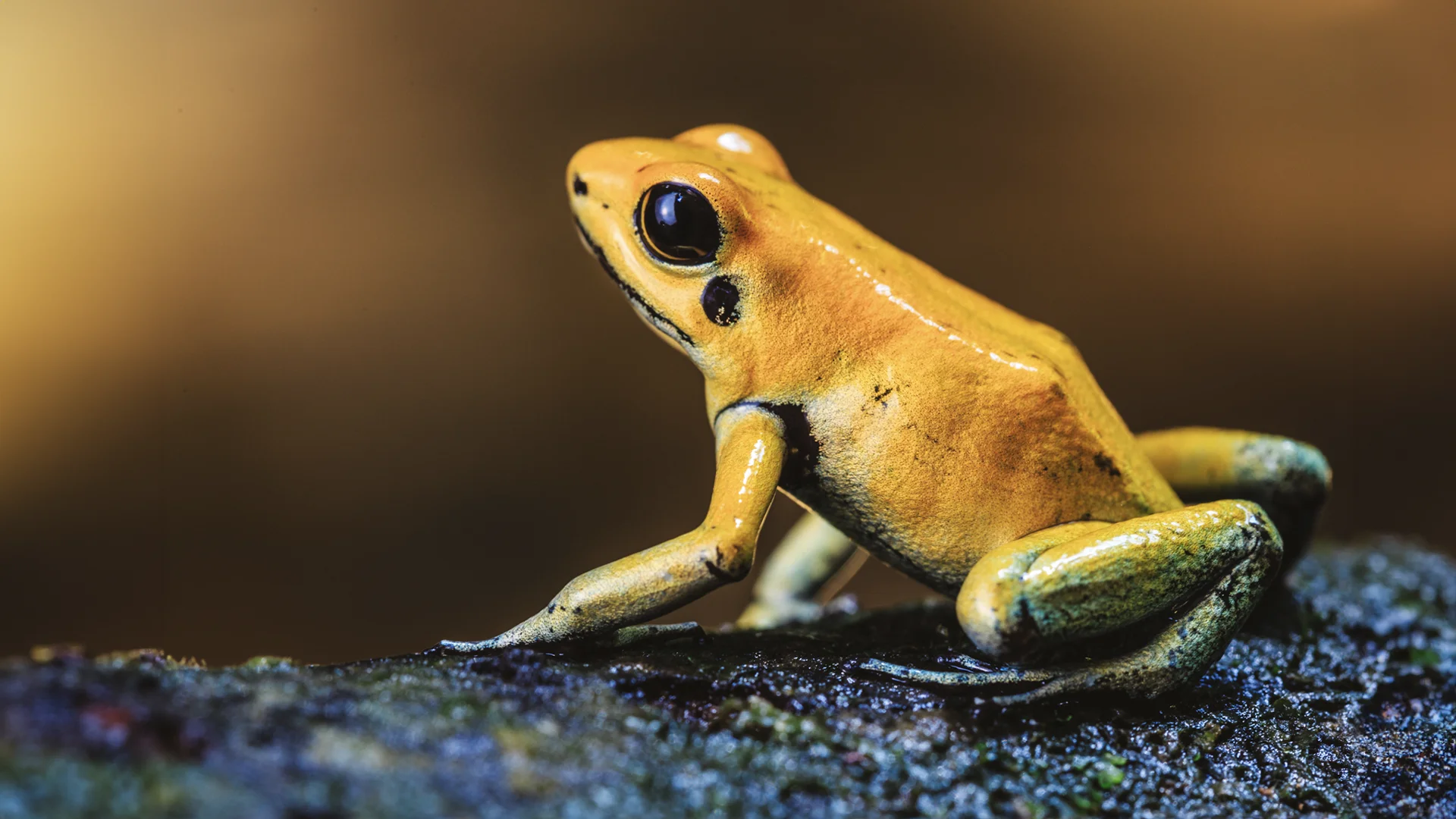
Phyllobates terribilis (Golden Poison Frog)
Also known as the golden poison frog, this species of poison dart frog stands out for its bright and striking coloration. Adults typically display an intense golden hue, although variations in orange and yellow tones can also occur. These frogs are relatively large compared to other poison frog species, reaching lengths of up to 5 centimeters (about 2 inches). They are considered one of the most poisonous frogs in the world.
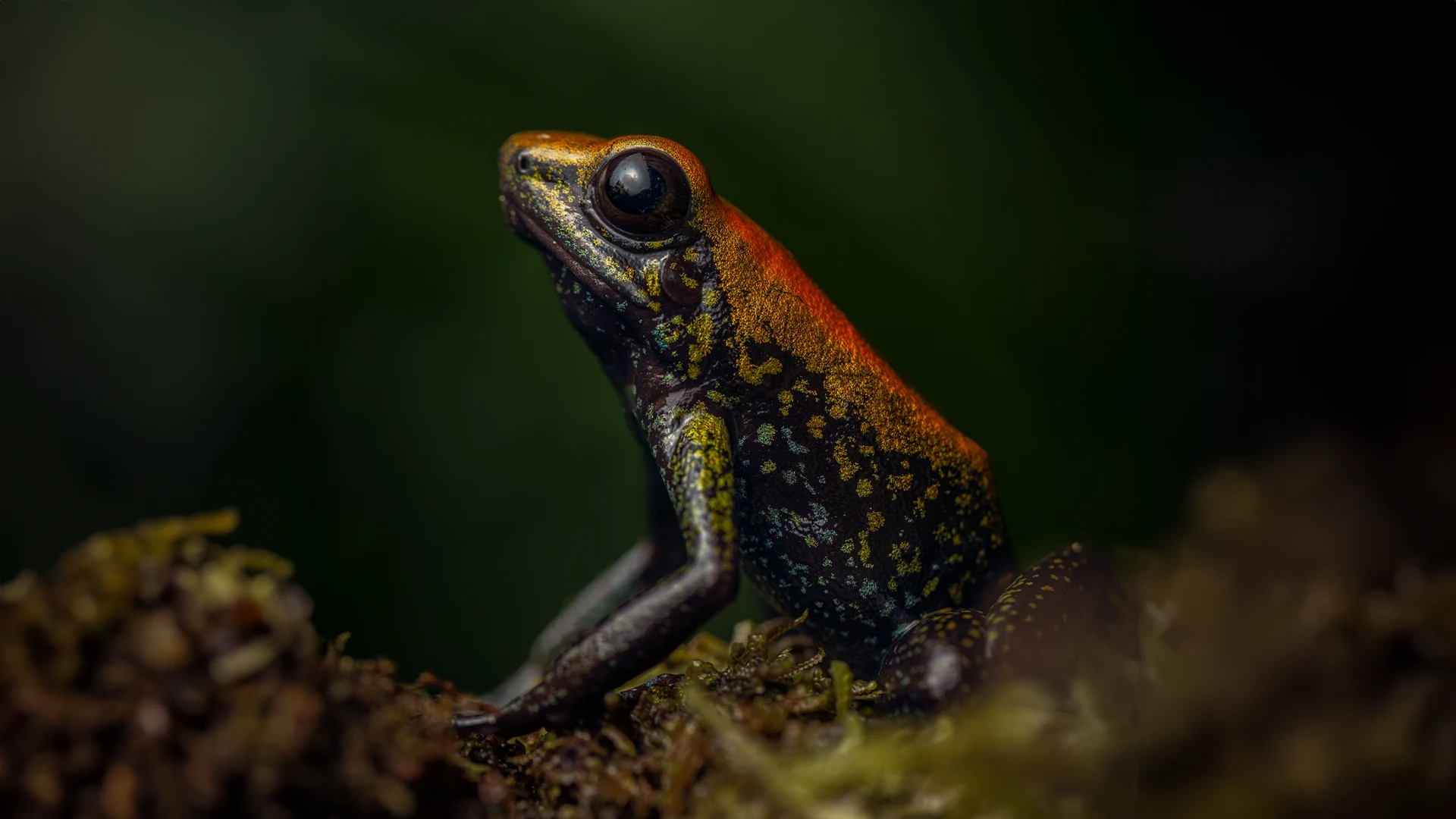
Phyllobates bicolor (Black-legged Poison Dart Frog)
Known as the second most poisonous frog in the world, this beautiful species is one of the frogs we can find in the Biogeographic Chocó, between the regions of Risaralda and Chocó. This poison frog is slightly smaller than its relative, Phyllobates terribilis. With the guidance of a herpetologist—a professional biologist specializing in amphibians, snakes, and lizards—you can observe and photograph this fascinating frog in its natural habitat.

Oophaga anchicayensis
This is a species of poison frog found in the Chocó region. It can be spotted in a special place called the Bajo Anchicayá watershed. It features a colorful and vibrant pattern on its skin, making it highly striking. Like other poison frogs, its skin contains dangerous toxins. These frogs are also known for their parental behavior, as the males take care of the eggs and the young.

Oophaga lehmanni (Lehmann's Poison Frog)
Also known as Lehmann’s poison frog, this is another species of poison frog that inhabits the Chocó region. Critically endangered, this species is protected by the isolated communities of the Biogeographic Chocó to prevent its commercialization through wildlife trafficking. Thanks to photography and ecotourism, the entire community has been encouraged to cooperate in safeguarding its well-being.

Andinobates fulguritus (Yellowbelly Poison Frog)
This is another species of poison frog found in the Chocó region. It features a striking color pattern with black and orange spots on its skin. Like other poison frogs, it possesses toxins that protect it from predators.

Atelopus spurrelli (Condoto Stubfoot Toad)
Also known as the Chocó harlequin frog, this species is critically endangered. It features a vibrant color pattern and is known for its unique appearance. Unfortunately, its population has declined drastically due to habitat destruction and the chytridiomycosis disease.
The Chocó is a must-visit destination if you are a nature lover and a wildlife photography enthusiast. Be sure to add it to your travel list and let yourself be captivated by the beauty and biodiversity this place has to offer. We guarantee you a unique experience you’ll remember forever!
Don’t wait any longer—start planning your visit to Colombia’s Chocó! Explore its tropical rainforests, enjoy herpetofauna and birdwatching, and immerse yourself in the vibrant culture of this magical region. We assure you that you’ll create unforgettable memories and experience a profound connection with nature.
Remember to respect the natural habitats of the species and follow the guidance of specialized guides to help ensure their conservation and well-being.
